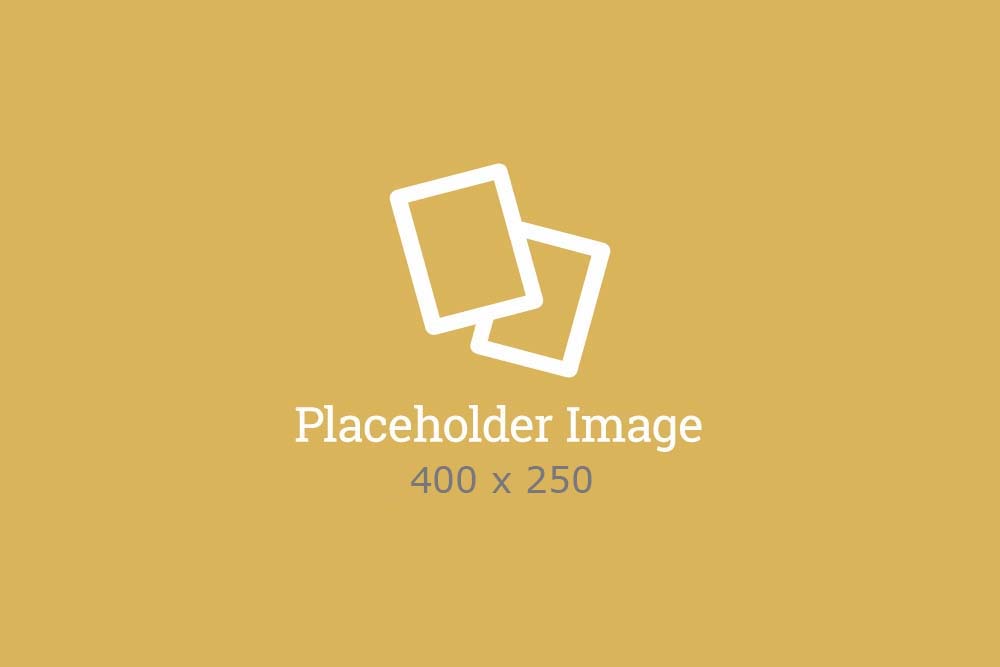It aims at:
- Acquiring the knowledge of wine chemical composition, stabilization treatments, conservation, ageing and origins of the main organoleptic defects
- Understanding and recognizing the relationship among all the above parameters and wine quality
- The development of their ability to stabilize red and white wines
At the end of the course, students should be able to:
- Understand the meanings of wine stabilization and treatments
- Know the chemical composition of wine and its relationship with wine quality
- Distinguish the main reasons of chemical and microbial instability in wines and make decisions about the possible treatments
- Connect wine style and ageing
- Evaluate wine stability using laboratory methods
- Evaluate wine quality by sensory analysis.
- Recognize wine defects and their possible origin
- Make decisions concerning the addition of specific enological substances in wine
- Work in teams in the lab to complete an analysis, discuss the results and prepare reports
- Critically compare the results obtained in the lab with published values

